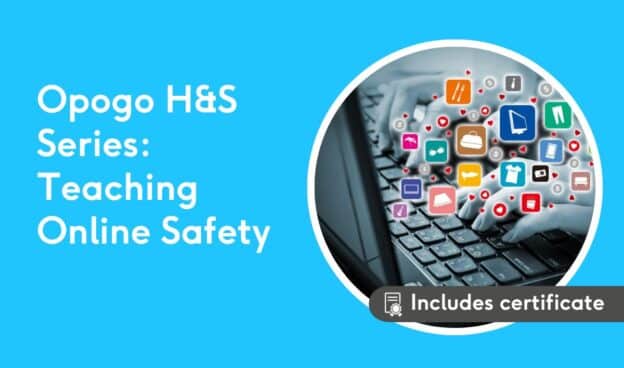This course is designed to equip educators with the knowledge and tools to teach online safety effectively. The lesson titled “Teaching Online Safety” will cover the benefits and risks associated with social media, online learning, and e-commerce for children and young people. Additionally, it will outline the requirements set by the Department for Education to ensure schools in the UK can educate and protect their students.Benefits of Social Media, Online Learning, and E-commerce:
- Social Media:
- Connection and Communication: Social media allows children and young people to stay connected with friends and family, fostering a sense of community and belonging.
- Learning and Creativity: Platforms like YouTube and Instagram can be used for educational purposes, enabling students to learn new skills and express their creativity.
- Support Networks: Social media can provide support for young people, especially those who may feel isolated or need to connect with others who share similar experiences.
- Online Learning:
- Flexibility and Accessibility: Online learning offers flexible schedules and access to a wide range of resources, making education more accessible to all students.
- Personalised Learning: E-learning platforms can cater to individual learning styles and paces, enhancing the overall educational experience.
- Skill Development: Online learning helps students develop digital literacy and other essential skills for the future.
- E-commerce:
- Convenience: E-commerce allows young people to shop for products and services from the comfort of their homes.
- Entrepreneurial Opportunities: Platforms like Etsy and eBay provide opportunities for young entrepreneurs to start their own businesses.
- Financial Literacy: Engaging in e-commerce can teach children about money management and financial responsibility.
Current Risks:
- Social Media:
- Cyberbullying and Harassment: Social media can expose young people to cyberbullying and online harassment.
- Privacy Concerns: Sharing personal information online can lead to privacy breaches and identity theft.
- Mental Health Issues: Excessive use of social media has been linked to anxiety, depression, and body image issues.
- Online Learning:
- Screen Time: Prolonged screen time can lead to physical health issues such as eye strain and poor posture.
- Inappropriate Content: Students may encounter inappropriate or harmful content while browsing the internet for educational purposes.
- Cybersecurity Threats: Online learning platforms can be vulnerable to cyber-attacks, putting students’ personal information at risk.
- E-commerce:
- Scams and Fraud: Young people may fall victim to online scams and fraudulent activities10.
- Impulse Buying: The ease of online shopping can lead to impulsive purchases and financial mismanagement.
- Exposure to Inappropriate Products: Children may inadvertently access or purchase inappropriate products online.
Department for Education Requirements: The Department for Education in the UK mandates that schools integrate online safety education into their existing curriculum. Schools are required to:
- Teach Online Safety: Ensure pupils understand how to stay safe and behave responsibly online.
- Implement Filtering and Monitoring Systems: Schools must have appropriate systems in place to block harmful content and monitor online activities.
- Safeguard Students: Designated safeguarding leads must oversee online safety measures and ensure compliance with statutory guidance.
Conclusion: To gain a comprehensive understanding of online safety, we encourage you to watch the video, read the provided materials, and take the quiz to earn your certificate. This will not only enhance your knowledge but also equip you with the skills to protect and educate children and young people effectively.


